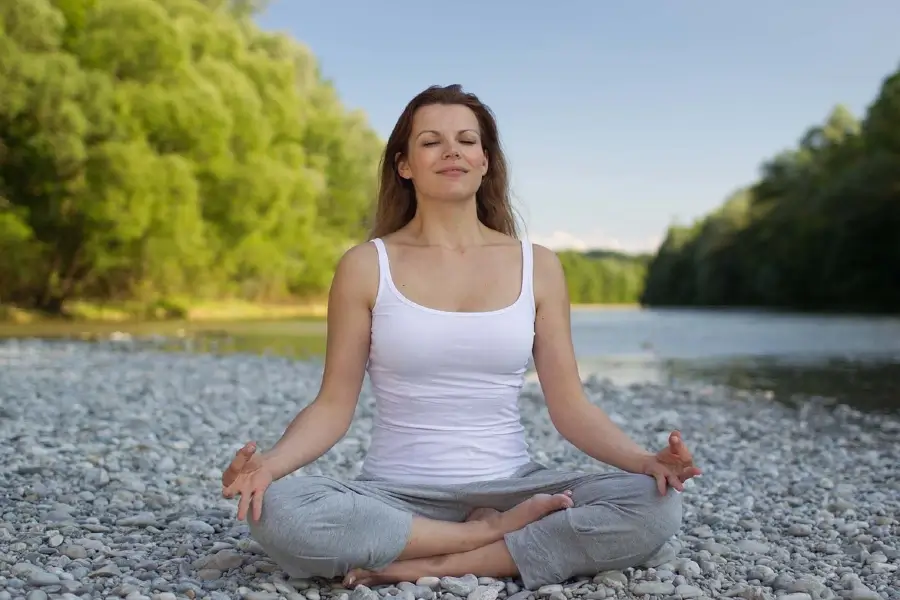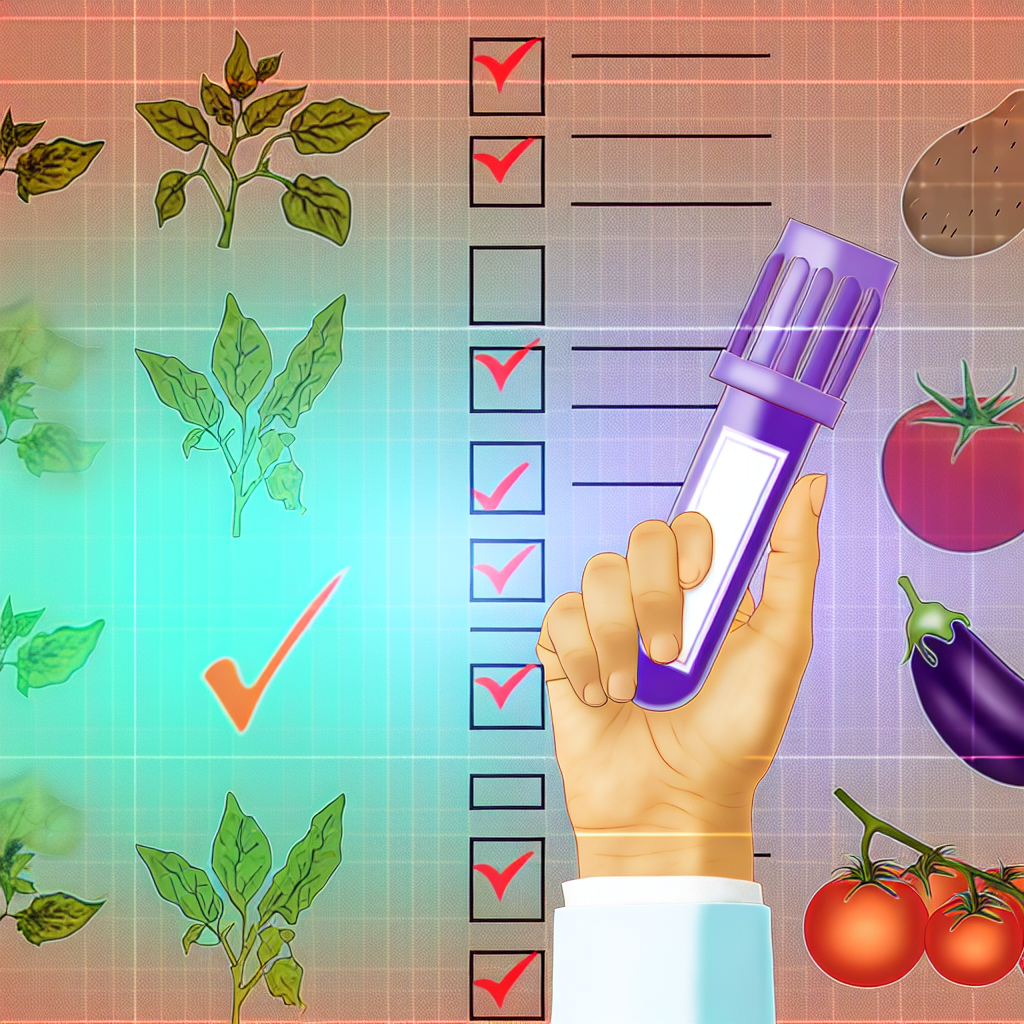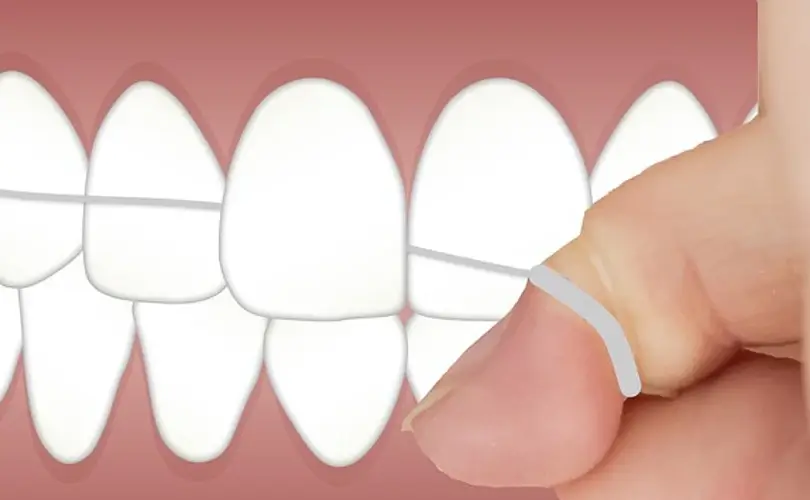Eliminating toxins from the body and mind is the primary focus of the traditional Ayurvedic Panchakarma, which has been used for thousands of years. This five-step strategy, designed to facilitate the elimination of toxins, targets removing toxins from the body and restoring equilibrium to the body’s natural processes. The technique comprises a series of steps that have been methodically constructed to target various portions of the body and elements of the psyche.
The first step in the Panchakarma system is called Purvakarma, which involves preparing the body for detoxification. This stage is the first of the five stages. As the first and most significant stage of the Panchakarma process, the phrase “Purvakarma,” which translates to “foremost action,” is the first step. In the same way as warming up before a rigorous workout prepares the body for the heavy cleansing that is about to take place, this also prepares the body to eliminate toxins. To provide a more comprehensive explanation of how it functions, the following is a discussion:
Herbal remedies and nutritional measures
These are the primary techniques of Purvakarma:
Pachana, often referred to as digestion, is the stage of the Panchakarma program that focuses on igniting the digestive fire (agni) through herbal remedies and nutritional measures. This is done to ensure that toxins are adequately removed during the process.
Snehana, sometimes called oleation, is a treatment that allows for the application of medicinal oils, such as sesame oil, to the body in both an internal and external manner over a period that has been established in advance. In addition, the oil serves as a lubricant, which assists in releasing and mobilizing toxins from deeper tissues, thereby preparing them for removal.
Swedana is a technique that facilitates the movement of toxins
Sudation, also known as Swedana, is a technique that facilitates the movement of toxins that have been loosening towards the surface. This makes it easier for these toxins to be expelled during the initial Panchakarma therapies. Swedana can be achieved by sweating in saunas or steam baths that include herbal essences.
The second phase of the Panchakarma method is called Pradhanakarma. This phase is responsible for the natural detoxifying process. Various treatments are involved in this procedure stage, including herbal baths, herbal enemas, and other therapies designed to rid the body of toxins.
Paschatkarma is the name given to the process that takes place after detoxification, and it is possible to find it in the third phase of the Panchakarma system. In this stage, the individual undergoes several treatments and makes alterations to their diet to assist the body in recuperating from the detoxification process.
Rasayana and Sattvakarma
The fourth step of the Panchakarma system is Rasayana Meditation, and its primary objective is to encourage the renewal of both the body and the psyche. During this phase, you will be subjected to several herbal treatments and required to modify your diet. In addition to enhancing one’s general health and sense of well-being, these treatments restore equilibrium to the body and the mind.
The fifth and last step of the Panchakarma process is called Sattvakarma, and its primary objective is to cleanse the mind. This step represents the culmination of the sequence. At this point, you must engage in meditation and mindfulness practices to cultivate mental clarity and emotional well-being.
Purvakarma is vital
One of the benefits of Purvakarma is that it:
Properly preparing the body using Purvakarma is vital to making the fundamental Panchakarma cleansing procedures more effective and efficient. This ensures the cleanser is more effective and efficient.
It is helpful to loosen toxins in advance since it lessens the discomfort encountered during more intense purging methods.
Ayurvedic practitioners can provide specialized care based on Purvakarma, ultimately resulting in personalized detoxification regimens. This is accomplished by adjusting Purvakarma to the individual’s Dosha (constitution) and specific requirements.
Additional Considerations to Recall:
The Purvakarma period typically lasts between three and seven days; however, the duration might vary from person to person, depending on that person’s circumstances. It is usual practice to suggest food restrictions at this point to simplify digestion and minimize harmful compounds. Time off and relaxing is necessary to attain the most significant outcomes possible.
Panchakarma is a treatment that is generally considered to be comprehensive
There is a great deal of optimism that this comprehensive understanding of Purvakarma and the relevance of its function in Panchakarma will be presented! In particular, if you have any preexisting health difficulties, it is essential to bear in mind that before contemplating Panchakarma, it is vital to seek the opinion of a professional Ayurvedic practitioner.
Panchakarma is a treatment that is generally considered to be comprehensive. It is recommended that it be carried out entirely under the supervision of a registered Ayurvedic practitioner with the necessary qualifications. On the other hand, those folks looking for a natural and all-encompassing method to cleanse their body and mind may find that Panchakarma is a beneficial therapy option to consider.

Dominic E. is a passionate filmmaker navigating the exciting intersection of art and science. By day, he delves into the complexities of the human body as a full-time medical writer, meticulously translating intricate medical concepts into accessible and engaging narratives. By night, he explores the boundless realm of cinematic storytelling, crafting narratives that evoke emotion and challenge perspectives.
Film Student and Full-time Medical Writer for ContentVendor.com




